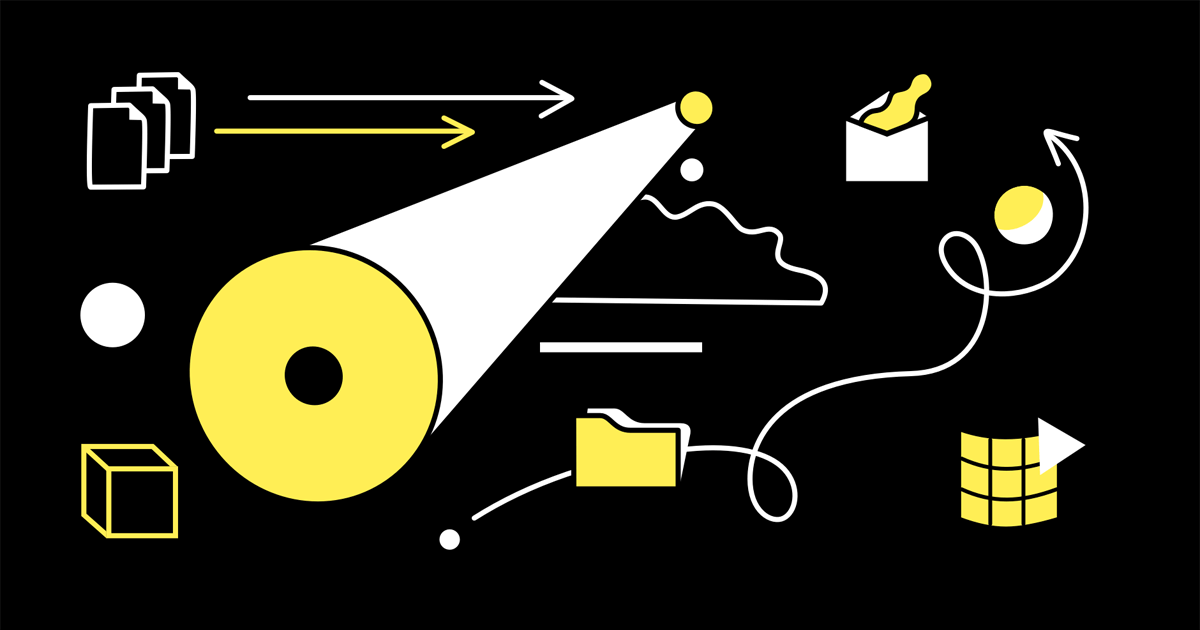The only constant is change. These words are as true now as they were when the Greek philosopher Heraclitus spoke them more than 2,500 years ago. For all we know, change might even be accelerating; after all, technology is improving at a rate unlike anything we’ve ever seen before.
At a glance, this technological revolution is pretty exciting. We’re getting better phones, faster internet and more ways to entertain ourselves. What’s not to love? The problem is that it’s also having a tremendous impact on the way we live and how our society functions. This raises a lot of serious questions about our future. What will our lives look like? Which skills will be the most valuable? Are robots coming to steal our jobs?
To try and find answers to these important questions, the World Economic Forum (WEF) has closely studied what it calls the fourth industrial revolution, a mix of globally changing business models and job markets triggered by technological progress. The good news is that the report contains a lot of interesting findings; the bad news is that it’s 133 pages long. We understand that you might not have time to read through it all, so we’ve done it for you. In this article we’ve highlighted some of the most important changes you need to know about regarding the future of jobs.
The world of work in 2022
Change, but faster
The most important drivers of new business models in this brave new world are things that are already reshaping industries today: global access to high-speed internet, constantly improving artificial intelligence and companies adopting big data analytics and cloud technology. But not only are these technologies advancing faster than ever, companies are also becoming faster at implementing them into the way we work.
For example, 85% of businesses are expected to expand their efforts in big data analytics between now and 2022, signaling a larger movement toward new technology and cloud computing. More and more companies are seeing that these things can have real value when they’re implemented correctly, enabling them to usher in a new era of data-focused business.
Rise of the robots
It’s hard not to think about a dystopian future when people talk about robots and artificial intelligence. Fortunately, according to the WEF report, this won’t be happening anytime soon; but things are definitely changing. While there’s no direct threat of humanoid robots stealing our jobs yet, robotics is coming to fruition in other places. Stationary robots, land robots and drones are increasingly being used in factories, agriculture and other sectors. Robot adoption rates vary between sectors: 23% to 37% of companies are planning to invest in robots between now and 2022. Almost no sectors expect to ever develop humanoid robots, except for one: the financial industry.
Not only could future jobs be picked up by robots, current tasks are also being increasingly automated. In 2018, an average of 71% of all tasks across 12 surveyed industries are performed by humans, while only 29% are being taken care of by machines. These numbers are about to shift quite a bit. In 2022, machines will be responsible for 42% of work hours, with humans only accounting for 42%. It starts getting even weirder after 2022, when the WEF expects computers to take over work that has traditionally been seen as more ‘human,’ like communicating, coordinating, managing, advising and decision making.
The prospect of these significant increases in automation also means that our jobs are going to change. According to the report, 50% of companies expect that increasing automation will lead to a reduction in their full-time workforce by 2022. On the other hand, 28% believe that they’ll be able to extend their team to new productivity-enhancing roles, and more than a quarter think that automation will lead to the creation of entirely new roles within the company, which could counter the loss of jobs.
Susan Weinschenk on how to use neuroscience insights in design work
Looking for a tool to help you be ready for whatever the future of work brings?
We’ll need different skills
With a changing job market, we’re also going to see lots of changing roles in the workplace. Until 2022 it’s predicted we’ll see the continued rise of emerging digital-first jobs like data analysts, software developers, ecommerce managers and social media specialists. Unfortunately, this also means that there will be a growing divide between the skills that are needed and the ones that we actually master. According to the WEF, 42% of required skills in the workplace will change between 2018 and 2022.
There will be three ways for companies to deal with this: hire new workers who master these skills, automate certain tasks or retrain current employees.
One of the most important things to do to stay competitive in this changing business climate will be reskilling (the practice of retraining employees to learn the skills that are required to function in a modern company). 54% of workers will need a significant amount of reskilling by 2022, which will mostly be focused on a set of skills that are defined by the new economy. These include things like analytical thinking, innovation, technology design and programming, all reflecting the growing demand for proficiency in technology. At the same time, human skills like creativity, originality and critical thinking will retain or increase their value too.
There’s a silver lining to all of this: the outlook for jobs is looking pretty good. Across all industries we’ll see new roles increase from 16% to 27%, while declining roles will decrease from 31% to 21%. And about half of today’s jobs will remain stable until 2022. So while change will always be a constant and the future is coming at us fast, we don’t have to be too scared about it yet.




